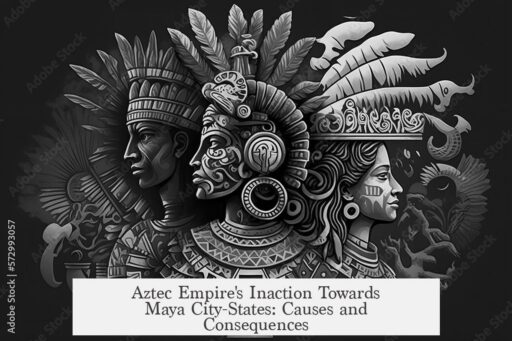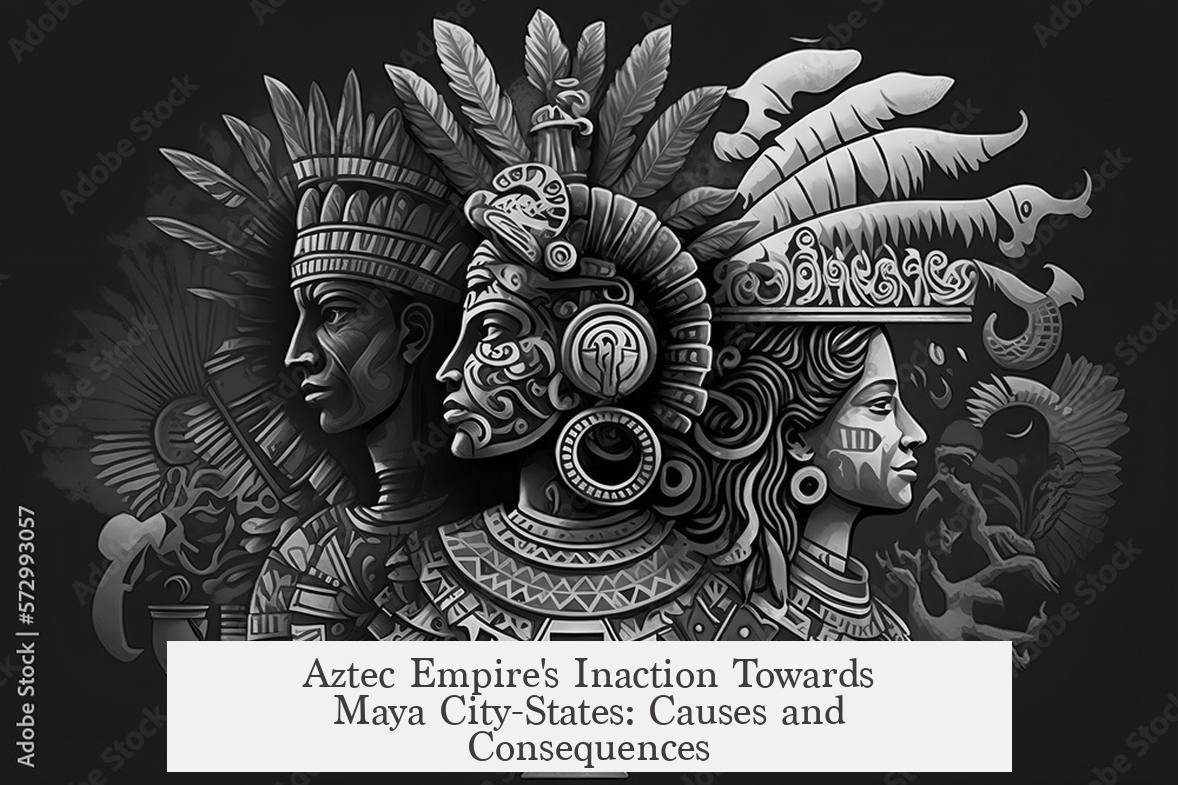The Aztec Empire never took over or even fought extensively against the Maya city-states primarily due to a combination of chronological separation, geographical distance, logistical challenges, and political fragmentation among the Maya people.

The Maya civilization had declined centuries before the Aztec Empire reached its height. The Classic Maya collapse occurred around the 9th century CE, roughly 500 years before the Aztec Triple Alliance rose in the 15th century. By the Aztec period, the Maya were divided into fragmented tribes instead of unified city-states. This fragmentation meant there was no centralized Maya power that the Aztecs could directly challenge or conquer, making a traditional conquest campaign against a large unified Maya city-state impossible or at best very difficult.
Geographically, the Aztecs were based in central Mexico, whereas the Maya controlled territory much further south across the Yucatan Peninsula and into Central America. This significant distance created major logistical obstacles for the Aztecs. Their agricultural cycle and seasonal weather patterns imposed limits on their military campaigns. The Aztec army’s warfare season operated mainly from December to April. Agricultural demands tethered many soldiers, who were also peasants, to the land during critical farming months. Furthermore, the rainy season from May to September turned roads muddy and rivers swollen, greatly hindering movement of troops and supplies.
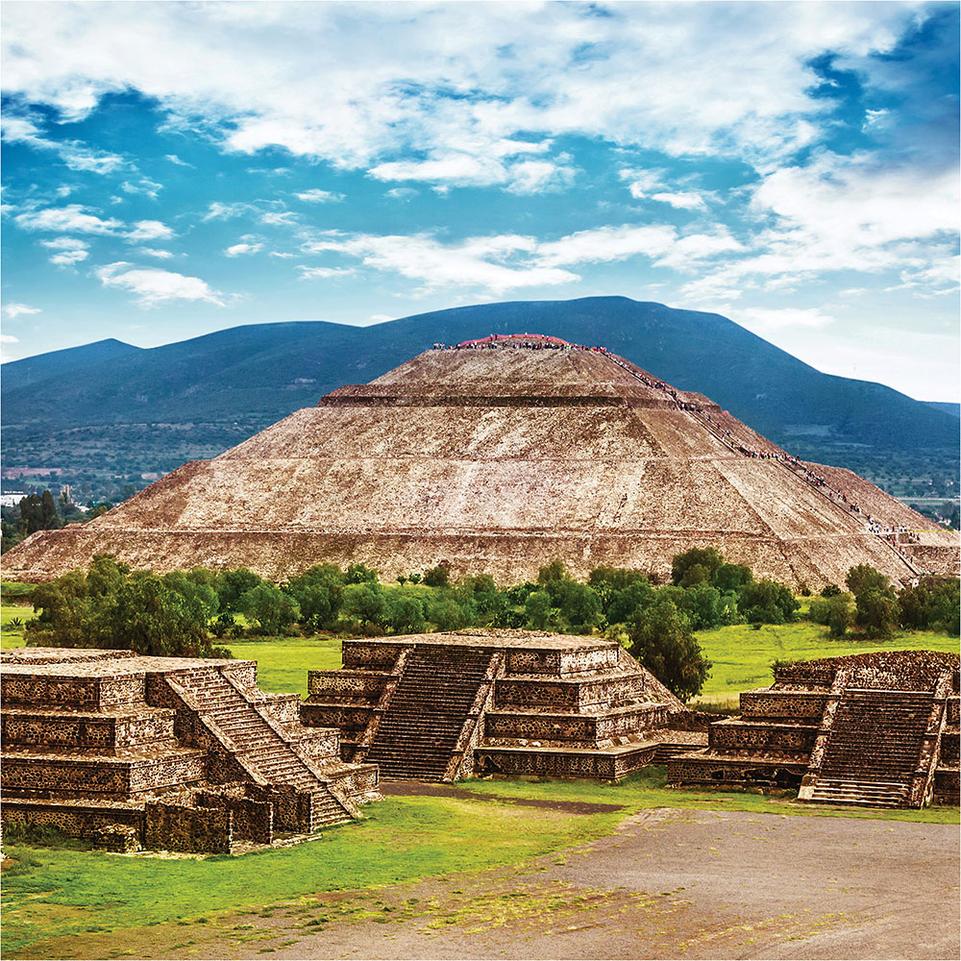
Supplying a large army over such distances was also challenging. Soldiers carried weapons but needed porters for food and supplies. Porters could only carry about five days of provisions for themselves plus two soldiers. Narrow roads allowed marching only two abreast, so large forces stretched over many kilometers. This created delays in troop movement as the column’s front arrived well ahead of the rear. Such difficult logistics made conquering distant Maya tribes less practical than expanding into nearby or neighboring territories, where shorter supply lines existed.
Despite the general separation, the Aztecs did conquer some southern regions inhabited by Maya-speaking peoples. For example, the Aztecs took control of Soconusco, a southern area with cities following Mayan traditions, inhabited by the Mam people. This shows that the Aztecs engaged and subjugated some Maya groups, but these were limited incursions rather than broad conquest campaigns over the entire Maya heartland.
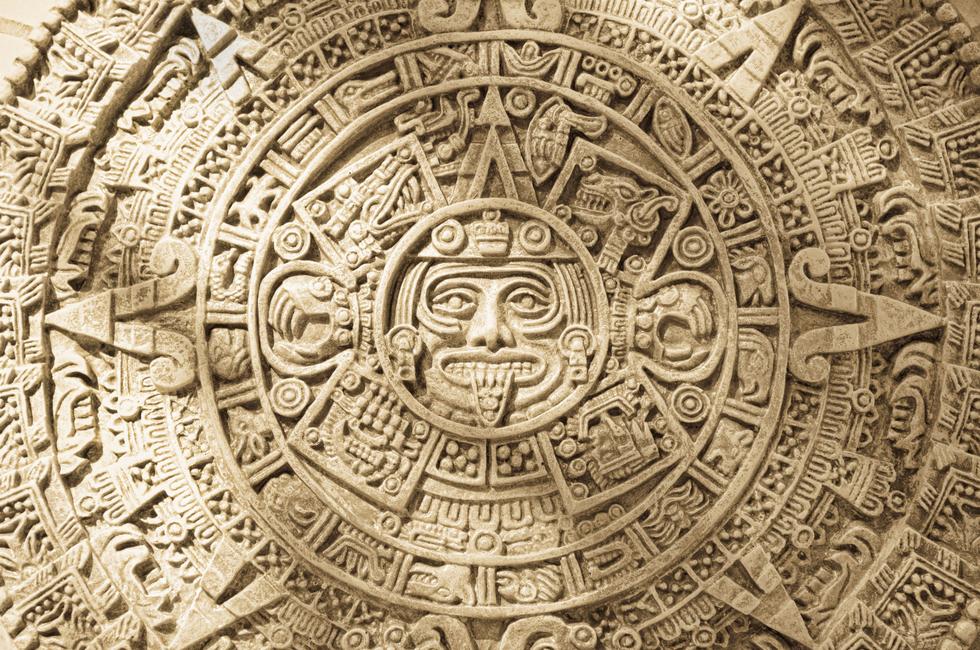
Additionally, the Aztecs fought and made tributaries of groups like the Huaxtecs located in the far north. Though related linguistically, the Huaxtecs had diverged from the Maya long before the Classic period. Their Mayan identity is considered debatable. These campaigns illustrate that the Aztecs were active militarily near the Maya cultural sphere but did not directly challenge the core Maya polities.
Lastly, the arrival of the Spanish Empire in the early 16th century effectively ended any potential for Aztec expansion into Maya regions. The Spanish Conquest disrupted the political landscape and caused the fall of the Aztec Empire before they could extend their control further into the Maya territories. By the time Aztec influence reached near the Yucatan, Spanish forces were already advancing, shifting power dynamics radically and preventing further Aztec campaigns.
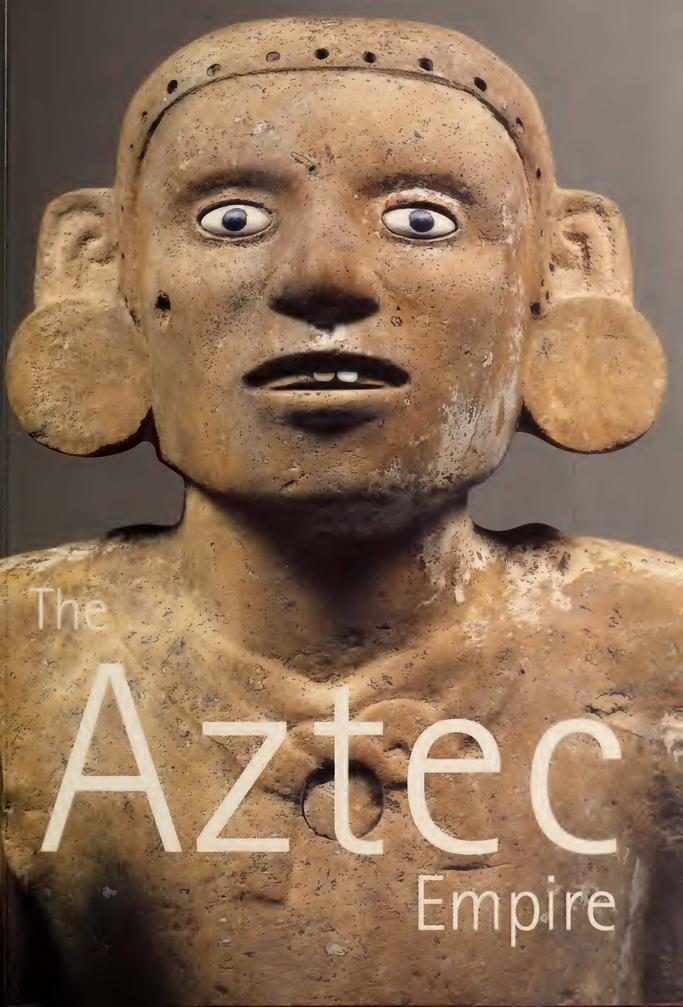
| Key Reasons Why Aztecs Did Not Conquer or Fight Maya City-States |
|---|
|
In summary, the Aztecs never fully fought or conquered the Maya city-states because the classic Maya had already declined before the Aztecs ascended. The Maya political structure no longer consisted of unified city-states but was fragmented into tribes, challenging large-scale conquest. Significant geographic distance and logistical difficulties curtailed Aztec campaigns into Maya territories. While the Aztecs subdued some Maya-related groups in the south, they left the main Maya regions largely untouched. The rapid arrival and conquest by the Spanish Empire ultimately ended Aztec ambitions to expand into Maya lands.
Why Did the Aztec Empire Never Take Over or At Least Fight the Maya City-States?
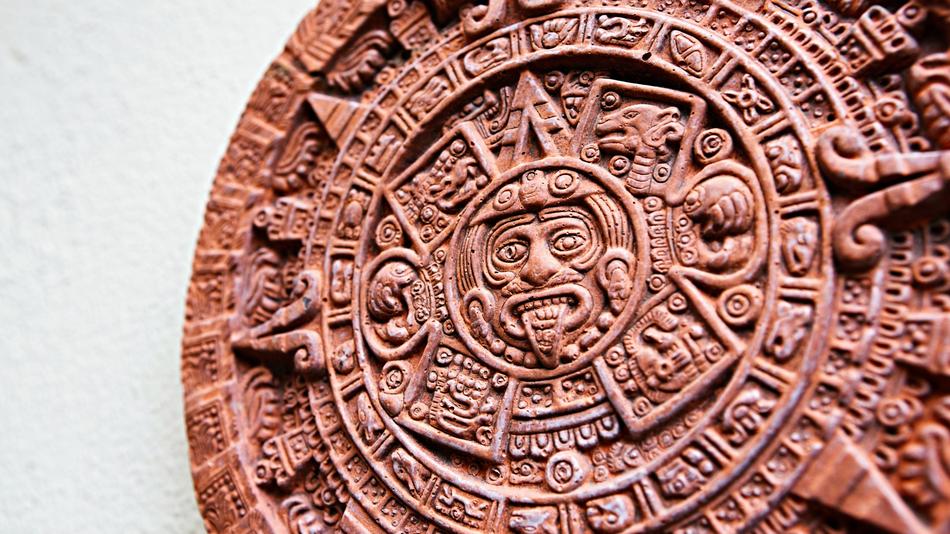
Simply put, the Aztecs never fought or conquered the Maya city-states because they were separated by centuries, geography, and complex logistics—plus a timely Spanish arrival that changed everything. Now, this might sound like the ancient world had a “keep your distance” policy, but let’s unpack the story with a bit of history and some surprising twists.
First, let’s clear the timeline. The Maya civilization had already collapsed by the 800s CE. Fast forward 500 years, and the Aztec Empire emerges powerfully in central Mexico around the 1400s. By the time the Aztecs hit their stride, the mighty Maya weren’t really a unified empire anymore. Instead, they were fragmented into smaller tribes, scattered across the Yucatan and parts of Central America.
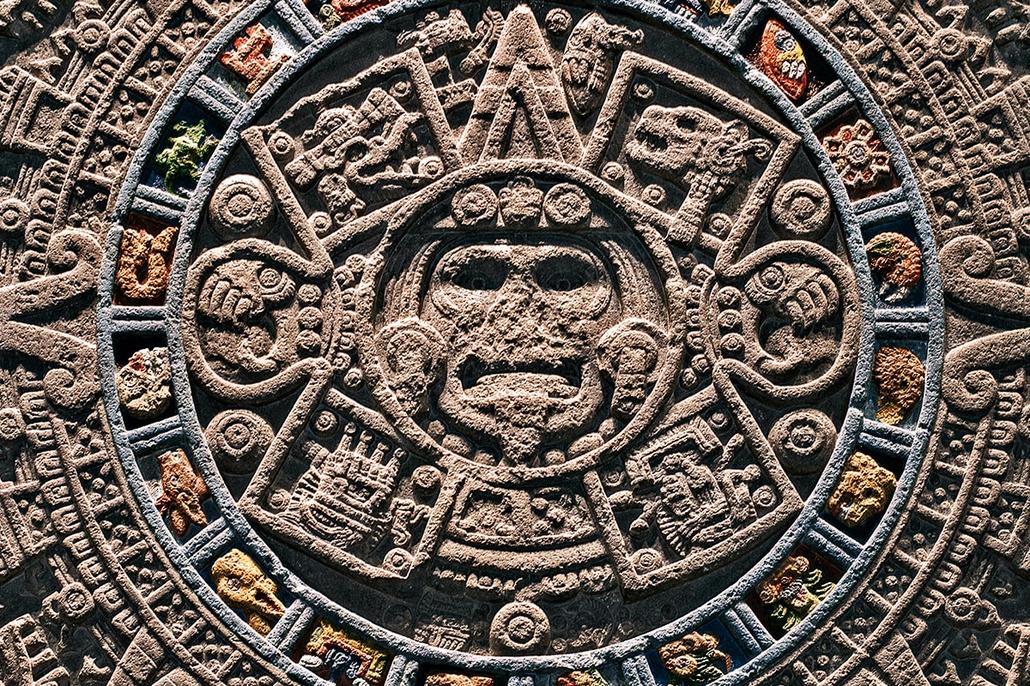
This fragmentation made conquest a headache. Imagine trying to conquer a country that’s split into hundreds of small, disconnected cities and tribes rather than one massive, organized state. The Maya city-states that had once dazzled with architecture and mathematics had crumbled into loosely allied groups. This decentralization meant the Aztecs had no major power to topple with a decisive battle. It’s like trying to catch a dozen tiny fish instead of one big whale—an exhausting and inefficient endeavor.
Distance and the Dreaded Supply Lines

Now, let’s talk geography. The Aztec heartland lay smack dab in central Mexico, while the Maya were distant, entrenched in the dense forests of the Yucatan Peninsula and beyond. This wasn’t a quick road trip—they were separated by hundreds of miles of challenging terrain and narrow, winding dirt roads barely wide enough for two people side-by-side. Bear in mind, these were pre-Inca luggage carriers; everything had to be on foot or by river, which is never easy for armies.
The Aztec military was impressive but handicapped by its agricultural roots. Soldiers were mostly commoners pulled off the fields during the dry season, roughly from December to late April. The rainy season from May to September brought swollen rivers and muddy roads, making long campaigns nearly impossible. So, any Aztec army on the march needed to be back home before the floods turned battle routes into quagmires. A logistical nightmare!
As if that wasn’t tricky enough, Aztec armies carried their own gear and food, but only enough for a handful of days. Porters could only haul about five days’ worth of supplies for three people. With roads barely wide enough for two abreast, columns of soldiers stretched for kilometers. The front of an 8,000-man army could reach a destination hours before the tail-end even left camp. Talk about poor troop morale!
Given these challenges, the Aztecs logically focused on expanding closer to home, where supply lines were shorter and tribal allegiances more familiar.
Did the Aztecs Never Fight Maya at All? The Nuanced Truth
Here’s a twist: the Aztecs did engage and conquer regions inhabited by Maya people. The Soconusco region, located on the southern fringe of Maya influence, came under Aztec control. This area was home to the Mam people, who shared Maya cultural and linguistic ties.
Moreover, the Aztec Empire fought the Huaxtecs, tribes located in northern parts adjacent to Maya territory. Though the Huaxtecs’ “Mayaness” is debated—having split from main Maya groups before the Classical period—their related languages and customs link them to the Maya in a broader sense. These conquests reveal that the Aztecs’ reach did touch elements of Maya culture, even if they never marched straight into the bigger Maya city-states like Tikal or Palenque.
Spanish Arrival: The Game-Changer
If logistics, geography, and political fragmentation weren’t enough to keep the Aztecs and Maya apart, then the Europeans certainly stepped in to stop the party.
By the time the Aztec Empire’s northern and eastern borders edged close to former Maya lands in the Yucatan, the Spanish arrived with their horses, guns, and diseases. The Spanish conquest reshuffled the entire political landscape. The Aztecs themselves became the hunted rather than the hunter.
It’s almost ironic: fueled by ambition, the Aztecs stood on the verge of possibly expanding into Maya territories, only to have the entire system collapse around them. The Spanish turned centuries of indigenous struggles upside down in a matter of decades.
What Can We Learn from This Historical Freeze-Frame?
Why does this matter? It reminds us history isn’t always about “who can conquer whom” in a straightforward sense. It’s about the complex weave of time, geography, culture, and circumstance.
For the Aztecs, expanding slowly into nearby territories was easier, sustainable, and less costly than chasing fragmented groups miles away through tough terrain. For the Maya, their political decline left them fractured, vulnerable to different powers but not necessarily to full Aztec rule.
And for the world? It’s a reminder that even great empires have limits—even if it’s just because nature won’t cooperate or because a foreign invasion changes the rules.
A Quick Recap:
- The Maya collapse came before Aztec rise. No big Maya empire remained to conquer.
- Geographical distances and logistical nightmares made large-scale campaigns into Maya lands impractical.
- Aztecs did conquer some Maya-related peoples but never the big Maya city-states.
- The Spanish arrival distracted and ultimately ended Aztec expansion efforts.
So next time you wonder about ancient empires duking it out, remember there’s often a quieter, more complicated story behind those missing battles. Not every great empire went knocking on every door. Sometimes, they just settled for the neighbors closest to home.
Intrigued? Imagine what might have happened if the Aztecs and Maya had faced off in full force. Would the world remember a different chapter of history, or would the jungle have swallowed them both whole? One thing’s for sure—their story is a testament to the intricate dance of power, place, and timing.
Why didn’t the Aztecs conquer the Maya city-states despite their military strength?
The Maya civilization was largely fragmented when the Aztecs rose to power. Without a central Maya empire, conquering scattered tribes would have been difficult and inefficient for the Aztecs.
How did geography affect the Aztecs’ ability to fight the Maya?
The Maya lived far southeast in humid regions, separated by tough terrain. Supplying large Aztec armies over long distances was logistically complex and slowed their campaigns.
Did the Aztecs have any conflicts with Mayan peoples?
Yes, the Aztecs conquered some southern Maya-related regions like Soconusco and fought groups like the Huaxtecs. However, these areas were not part of major Maya city-states at that time.
Why was gradual territorial expansion favored over long-distance conquest against the Maya?
Aztec armies marched during limited seasons and depended on food supplies carried by porters. Expanding over shorter distances allowed practical control and better supply management.
Did the Spanish arrival impact Aztec ambitions in Maya territories?
By the time the Aztecs might have pushed into former Maya lands, the Spanish had begun their conquest. This disrupted Aztec expansion and changed the region’s power dynamics completely.
